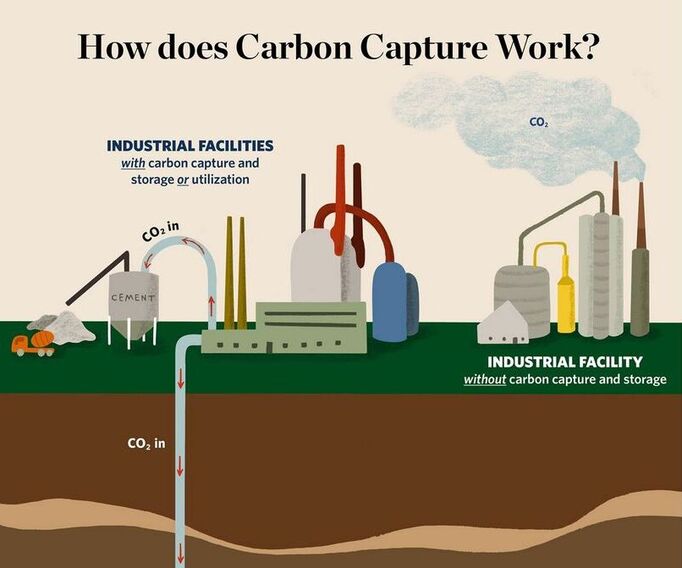|
Big Rivers Integrated Resource Plan Case #2023-00310Big Rivers Electric Corporation is a “Generation and Transmission” Cooperative, which means that they own the generation (power plants) and transmission (power grid) resources and sell the wholesale electricity that they produce to three “Distribution” Cooperatives that sell to their member-owners (YOU). Big Rivers serves over 120,000 members across 22 counties. (https://www.bigrivers.com/) If you pay your bill to any of the following co-ops, your energy comes from Big Rivers Electric Corporation:
We are awaiting the Public Service Commission's comments on this case. We'll update you as soon as we know more! |
What is Big Rivers Planning?
|
Big Rivers wants to:
|
In a time of unprecedented opportunity and record funding for clean energy transition, Big Rivers has chosen to double down on risky and expensive fossil fuel generation instead. Despite the fact that their member-owners have experienced rapidly increasing electric bills since 2009, Big Rivers continues to unreasonably ignore the need for energy efficiency and demand side management investments that reduce electricity bills. They have also stubbornly failed to evaluate distributed energy sources or fully pursue the cost-savings provided by the Inflation Reduction Act.
While their current IRP includes a modest proposal for renewable energy and battery storage, Big Rivers ignores important opportunities that would have big impacts for member-owners that struggle to pay their energy bills. We're glad to see proposed investments in solar, and battery storage. These investments not only make sense from an economic standpoint but they also make our grid more resilient and reliable. To have an even greater impact those projects should be located in the region and use local companies to increase economic development. |
In addition to investing in new, clean power sources, hardworking member-owners need Big Rivers to invest in them too - instead of risking billions of ratepayer dollars on expensive and unneeded fossil fuel generation and unproven carbon capture technologies. That means creating more energy efficiency programs for our homes and businesses, along with inclusive utility investments that help families access those programs. With inclusive investments, The utility covers the upfront cost of cost-effective upgrades (i.e. insulation, HVAC, air sealing, on-site solar, EV charger, etc.) and recovers those costs of upgrades over time through a monthly charge that is less than the estimated savings from the upgrade. By investing in local, site-specific upgrades, Big Rivers can help lower our bills, make our communities more resilient, and avoid investments in expensive fossil fuel generation assets.
We can't let our utility companies lock us into paying for expensive, risky gas plants or billion dollar carbon capture boondoggles. New gas plants mean either forty more years of fossil fuels use OR customers paying for the full cost of these plants even if they are shut down due to high pollution or fuel costs (stranded assets). Either way, gas is not affordable, safe, clean, or reliable - and we shouldn't have to keep paying for Big Rivers’ bad business decisions.
We can't let our utility companies lock us into paying for expensive, risky gas plants or billion dollar carbon capture boondoggles. New gas plants mean either forty more years of fossil fuels use OR customers paying for the full cost of these plants even if they are shut down due to high pollution or fuel costs (stranded assets). Either way, gas is not affordable, safe, clean, or reliable - and we shouldn't have to keep paying for Big Rivers’ bad business decisions.
What is Carbon Capture and Storage? A False Solution.

"In Carbon Capture and Storage (CCS), carbon dioxide (CO2) is collected from industrial smokestacks, compressed into a liquid and transported by pipeline to a site where it can be pumped underground for storage in saline aquifers, oil or gas reservoirs, or beneath the ocean. This is a dangerous practice. There is no guarantee the CO2 will stay underground. Imagine, for example, an earthquake under a CCS storage site that causes a release of large amounts of CO2 into the atmosphere. "
Learn more in the Climate Justice Alliance's Report Geoengineering 101: Carbon Capture and Storage
